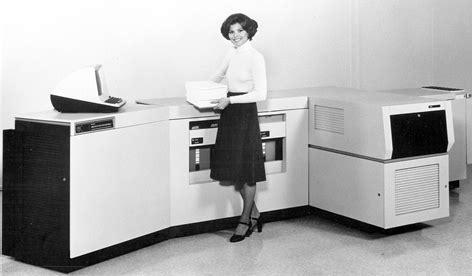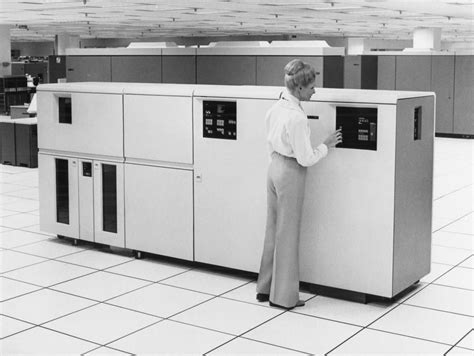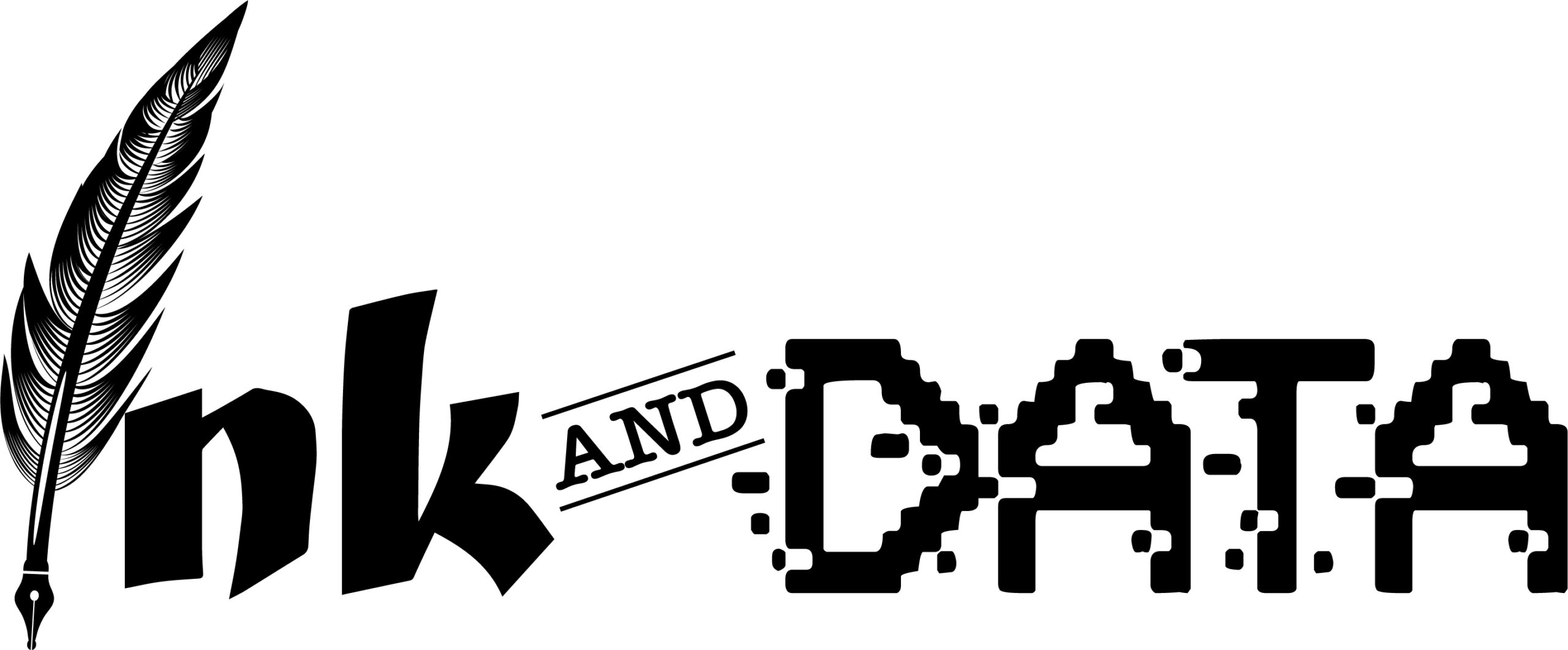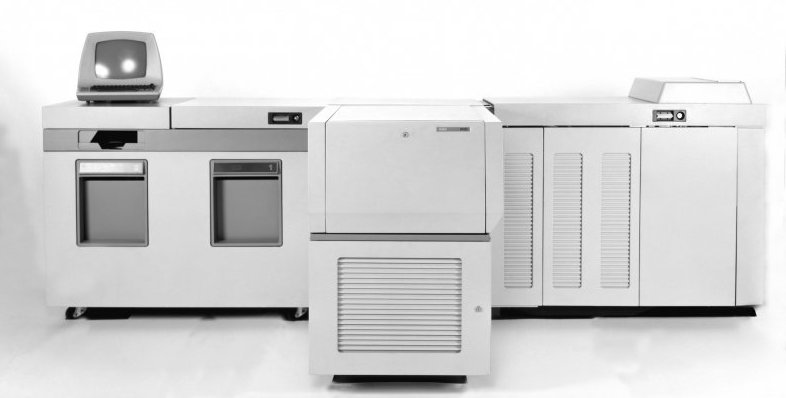In my previous post on transactional printing, I wrote about line printers and the limitations they presented for transactional communications. Until the mid-1970s, they were your only choice for high volume transactional printing. The launch of production level digital laser printers changed everything.
The rise of the machines!
In 1969 an engineer named Gary Starkweather – at the Xerox Palo Alto Research Center (PARC) – invented the first laser printer. By the early 1970s, Xerox also created a family of high-speed copiers. Starkweather was asked to merge laser printing technology with the paper handling capabilities of high-speed copiers to create the first high-speed, cut sheet laser printing system.
This work led to the Xerox 9700 with groundbreaking features:
- 120 images per minute on 8 ½” x 11” sheets of paper
- Simplex (one-sided) or duplex (two-sided) printing
- 300 x 300 dpi print resolution
- Electronic forms stored at the printer and automatically merged with data
- Storage of multiple electronic bit mapped fonts
- Check printing capability using Magnetic Ink Character Recognition (MICR) toner
- Job programming language resident on the printer
Take a look at this machine:

Likewise, IBM had their own production laser printer – the 3800 – which had higher speed, but lower resolution than the 9700. The 3800 also used fanfold paper like line printers. Think of it as a high-speed digital line printer. Initially, the 3800 reused the same data stream sent to line printers, but later versions had page programming capability.
Take a look at this monster:

Both the Xerox 9700 and IBM 3800 printed far faster than line printers. They were also very expensive. However, you could justify the higher cost based on eliminating expensive pre-printed forms and improved productivity versus line printers.
What transformation?
The introduction of digital printing started a major transformation in transactional communications. The innovative features added significant flexibility in data, strategy and execution.
Data
Digital printers connected to the mainframe like a line printer. Without delving into details, these devices could accept the same data as line printers by emulating a variety of popular line printer formats. Clients found this valuable because they didn’t have to assign programmers to recreate new data sets for their main printing applications.
In addition, later versions of these printers had an option to input offline data via attached tape drives. Companies could store print job data on tapes and send it to third party vendors to handle the actual printing and mailing of statements.
The real value of digital printers like the 9700 involved repurposing existing datasets at the printer. You could extract fields of data from existing datasets and create new applications without changing the mainframe setup. This was game-changing because now a company had a choice. They could create brand new applications at the mainframe level or simply use existing data sets and program new applications at the printer level.
The ability of the 9700 to emulate line printers and reuse existing datasets dramatically reduced implementation costs. Companies could install the new technology, print their existing applications “as is” and create new applications at the printer with existing datasets by using printer-based capabilities.
Strategy
The following features provided new flexibility in strategy:
- Forms: Digital laser printers had electronic forms capability. This allowed you to create and modify black and white forms, stored digitally on the printer and merged with your existing datasets, to create transactional communications. You no longer had to use expensive preprinted forms.
- Fonts: Fonts stored electronically on the printer gave you more flexibility. Now you could easily change font styles and sizes on a printed page. You weren’t limited like you were on a line printer. You could even change fonts on a page-by-page basis.
- Graphics: The Xerox 9700 had a print resolution of 300 x 300 dpi with the IBM 3800’s even lower. Inadequate by today’s standards but far better than a line printer, because now you could add graphics to a document. This alone allowed you to eliminate preprinted forms and use the printer to print the necessary logo or graphics.
- Cut sheet paper: The 9700 used 8 ½” x 11” cut sheet paper, eliminating the need to break apart fanfold paper to remove the pin feed edges and collate the output.
- Two-sided printing: The 9700 could print on both sides of a sheet of paper, cutting postage costs by reducing the number of pages in a mailing.
Execution
All the new capabilities didn’t mean there weren’t some barriers to execution:
- Programming: You still needed a skilled programmer to set up new applications on the printer. The value was that small changes were far easier on devices like the 9700.
- Processing Power: The processors on these devices were powerful for their time, but you could overwhelm them by using too many fonts or graphics in a job.
- Service: Because these printers were complex pieces of equipment, they required specialized maintenance. And they would break down. Being expensive, many customers didn’t have any backup like they might with a line printer. If the 9700 broke, you had to wait for service to fix it before you could print again.
However, the benefits far outweighed the challenges. These digital devices offered flexibility in communication appearance, data content and speed that didn’t exist with line printers.
Decisions, decisions
Line printers were so limited in their capabilities that transactional print communications had not changed in decades. Monospace fonts of one size and style were used on pre-printed forms. You didn’t have to make many decisions on the format of your print because you didn’t have much choice in print output.
The new flexibilities of these expensive digital printers required more decisions. For example, now you had to decide on the use of pre-printed forms, the type and speed of the digital printer based on print volume and print windows, cut sheet paper versus fanfold and more. This is an important point. Companies had to put real thought into how best to utilize the new capabilities given their strategic communication goals. And this was just for print! Future capabilities in electronic presentment via web, e-mail or mobile phones created even more complexity.
Transformation via destruction
Digital production printers utterly shattered the status quo use of line printers. They also started an arms race regarding printing features that continues to this day: higher resolution, more powerful controllers, advanced composition tools, higher speeds, full color output, and lower running costs on a per page basis.
In future posts I will explore how the Internet started the next wave of transformation by offering electronic presentment of transactional communications. I’ll also discuss how expensive the original digital print technology was at launch and how the costs have dropped over time.


No Comments